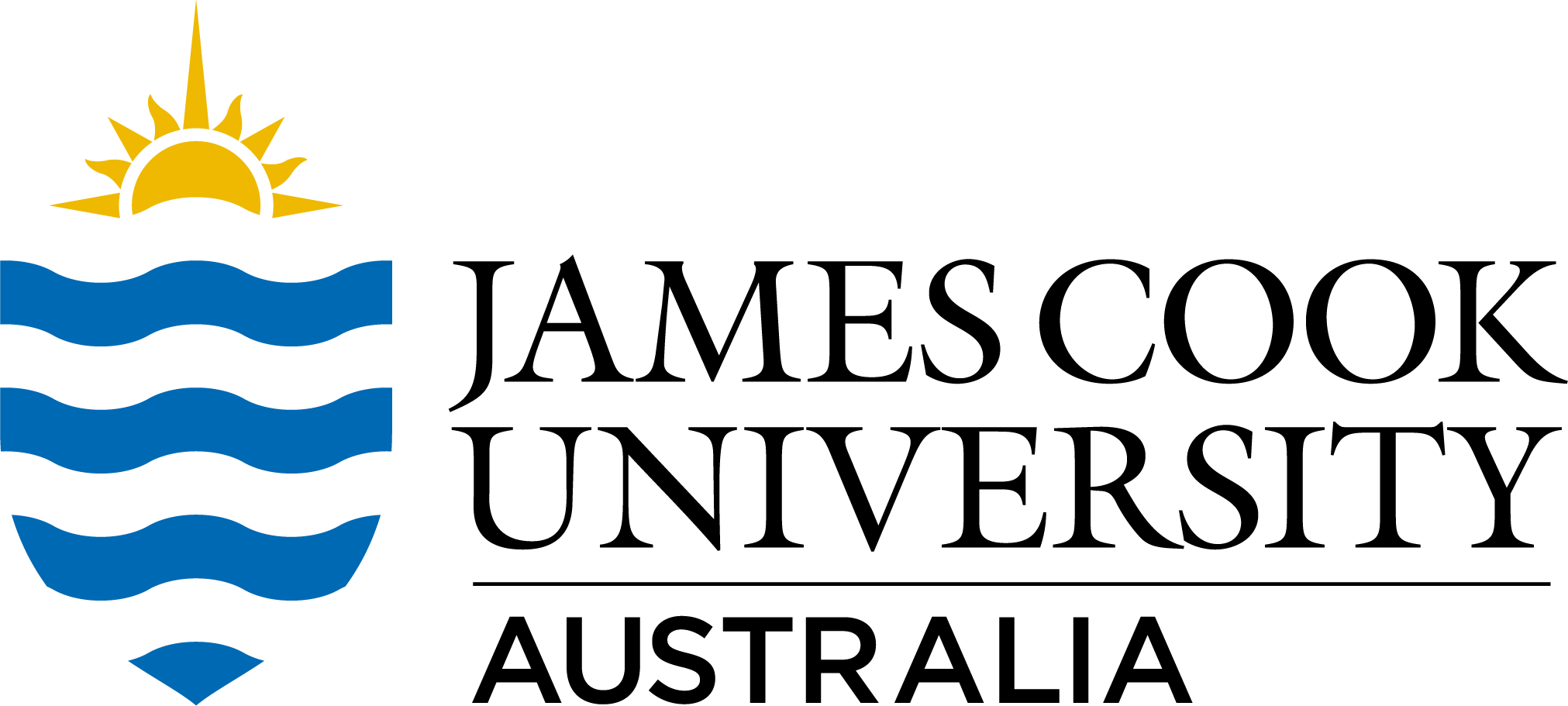Full description
Change in heart rate of Amblyglyphidodon curacao embryos from pre- treatment conditions (ambient) to treatment conditions (ambient, 2-stroke engine, or 4-stroke engine). Both 2-stroke and 4-stroke treatments involved a boat driving at 0–35 km/h at 10–200 m from embryos.
The full methodology is available in the Open Access publication from the Related Publications link below.
Abstract [Related Publication]: Human generated noise is changing the natural underwater soundscapes worldwide. The most pervasive sources of underwater anthropogenic noise are motorboats, which have been found to negatively affect several aspects of fish biology. However, few studies have examined the effects of noise on early life stages, especially the embryonic stage, despite embryo health being critical to larval survival and recruitment. Here, we used a novel setup to monitor heart rates of embryos from the staghorn damselfish (Amblyglyphidodon curacao) in shallow reef conditions, allowing us to examine the effects of in situ boat noise in context with real-world exposure. We found that the heart rate of embryos increased in the presence of boat noise, which can be associated with the stress response. Additionally, we found 2-stroke outboard-powered boats had more than twice the effect on embryo heart rates than did 4-stroke powered boats, showing an increase in mean individual heart rate of 1.9% and 4.6%, respectively. To our knowledge this is the first evidence suggesting boat noise elicits a stress response in fish embryo and highlights the need to explore the ecological ramifications of boat noise stress during the embryo stage. Also, knowing the response of marine organisms caused by the sound emissions of particular engine types provides an important tool for reef managers to mitigate noise pollution.
Created: 2018-10-09
Data time period: 11 2018 to 30 12 2018
text: Lizard Island, northern Great Barrier Reef, Australia (14°41′S, 145°27′E)
User Contributed Tags
Login to tag this record with meaningful keywords to make it easier to discover
- DOI : 10.25903/5BBBFCE7C62AB

- Local : researchdata.jcu.edu.au//published/68f1cd27baa7fabb538a3a9ef485eccf
- Local : b8da0ff8384190120866e79c7b2085f5


